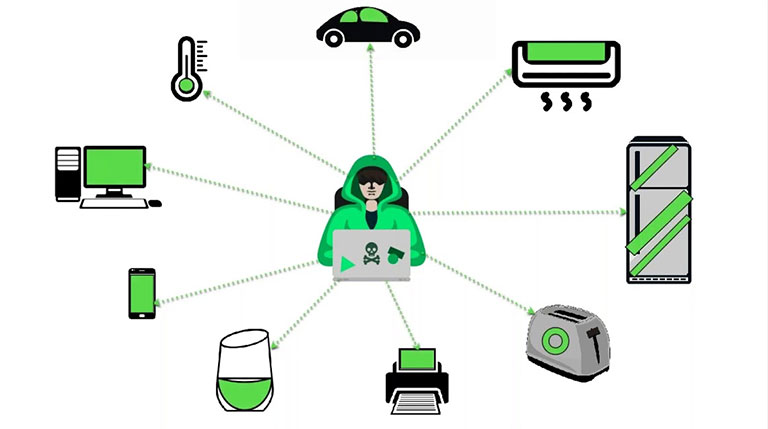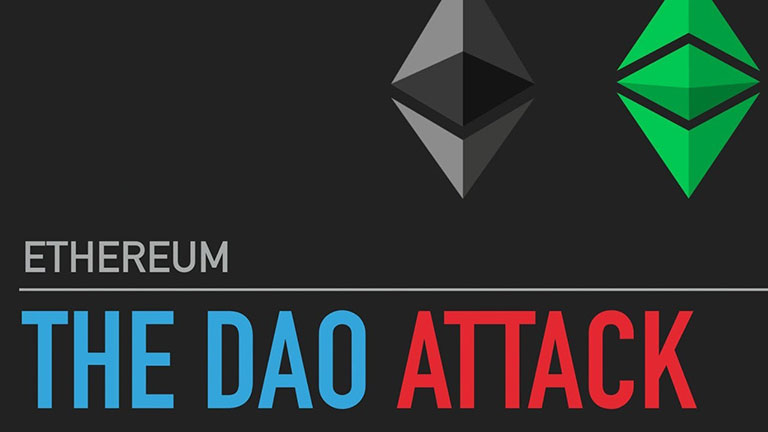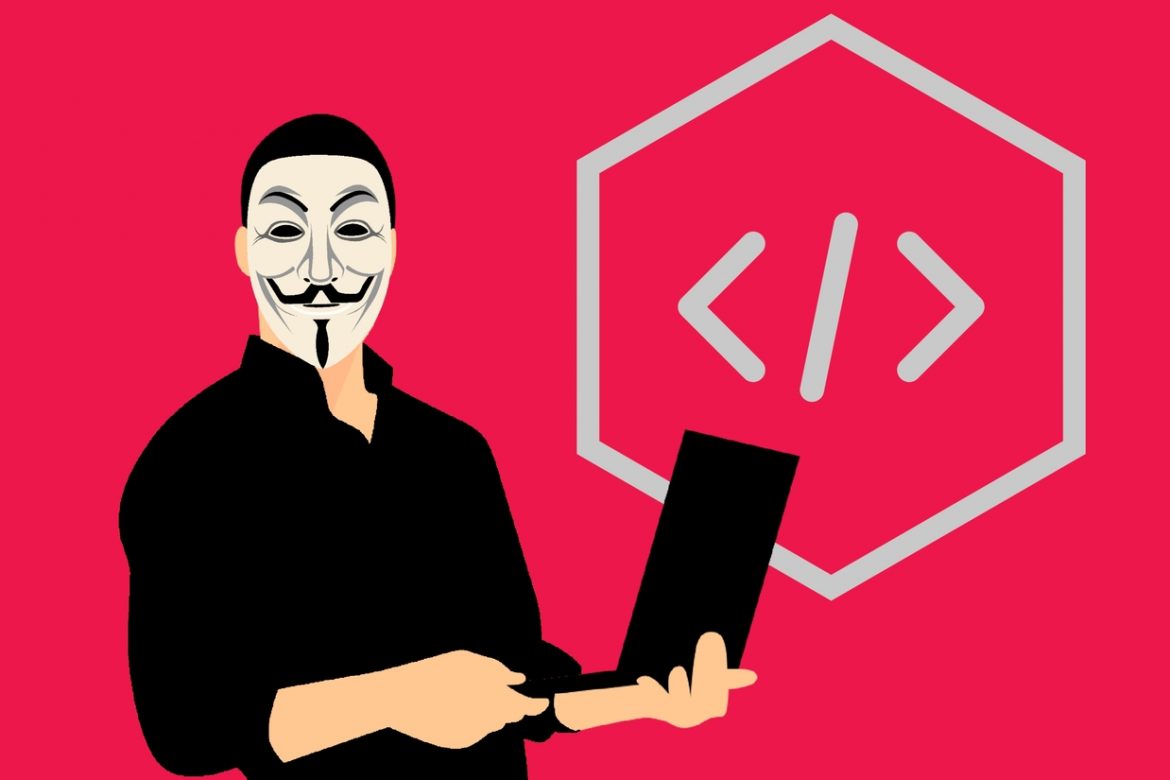A cyber attack is a dangerous assault that can cause harm to businesses and organizations, sometimes to the point of irreparable damage. Without a doubt, it can help to educate yourself on what a cyber attack is. Anyone can be a victim to a cyber attack, after all. Thus, you can benefit from keeping updated on what some of the most dangerous cyber attacks are out there to protect yourself and stay prepared.
What Is A Cyber Attack?
A cyber attack is a deliberate exploitation from one or more computers against another computer, network, or enterprise dependent on technology. Cyberterrorists — those responsible for launching cyber attacks — can alter computer codes, data, or logic. This leads to dangerous results that can compromise a company’s resources and data.
Why Is A Cyber Attack Dangerous?
When under a cyber attack, sensitive information is put at risk. Data breaches can take place and leak confidential information. Moreover, a cyber attack can disable a computer or device it targets. Hacking, a common sort of cyber attack, can also lead to identity theft for the victim and financial gain for the hacker.
It’s worth noting that having proper cybersecurity systems can help prevent or detect cyber attacks or cyber threats in your network. However, sometimes even the most mature cybersecurity solutions can be susceptible to highly sophisticated cyber attacks.
What Are The Most Dangerous Cyber Attacks?
Spear Phishing Attacks
Spear phishing attacks involve sending emails to a specific individual or organization and demanding access to vital information. These hacks involve people who look for trade secrets, monetary profit, or even military intelligence.
Spear phishing emails seem to start from a person inside the recipient’s own organization. These emails can sometimes originate from someone who personally knows the target.
Normally, government-supported ‘hacktivists’ (hacker activists) and hackers carry out these activities. Cybercriminals usually perform these attacks by exchanging classified information to privately owned businesses and governments. More often than not, these cybercriminals launch such attacks for monetary gain.


Whale Phishing Attack
Whale phishing attacks focus on employees with high positions in a company, like the CFO or CEO. Attackers aim to steal data from these high-profile employees because they have vast access to a company’s sensitive information. In whale phishing, the attacker manipulates the victim into allowing high-worth wire transfers to be made into their account.


Ransomware
This cyber attack has the attacker locking or encrypting the files of his victim’s computer system. They then demand a ransom to unlock the files. However, there is no solid assurance of a victim retrieving their data even after making the ransom payment. Furthermore, ransomware is done by the means of a Trojan conveying a payload masked as a genuine or legitimate document.


Drive-by Attack
Also known as a ‘drive-by-download’ attack, this cyber attack takes place when a visitor accesses a website that is not secure. Then, upon navigating the website, the visitor’s computer becomes infected with malware.
Sometimes, even the most reputable website can be the source of a drive-by download. This is because attackers do not discriminate who they target. They embed malicious elements inside a website in order to spread malware faster.
Due to being downloaded and run in the background, drive-by attacks can be difficult to detect. Thus, the invisibility of a drive-by attack makes it much harder to anticipate and recover from.


Trojan Horses
The Trojan horse is a type of malware that misrepresents itself to seem helpful or useful to the victim, thereby persuading them to install it and end up falling into their trap. Trojans are the most dangerous malware because they steal information related to the finance of the organization.


Artificial Intelligence-Powered Attacks
It might be alarming to know computer programs can learn and build their knowledge, sometimes to a point of what seems to be independence from humans. While artificial intelligence (AI) does not have full autonomy just yet, it must be said that it can be used for harm instead of innovation.
AI cyber attacks do not seem to be as prevalent as other network assaults. But, hackers are becoming more and more advanced with their approaches to weaponizing such technology. Attackers utilize AI to hide malware and make it virtually undetectable to a victim. Additionally, they can use AI as a trigger to activate other cyber attacks.


SQL Injection
SQL (Standard Query Language) is a standard language in programming. It manages and updates data in a database. SQL injection (SQLI), then, is an attack that injects malicious codes in a database. Doing so leads to attackers gaining access to a database server and acquiring its data.
As a cyber attack, SQLIs are very prevalent and are one of the most dangerous cyber attacks out there. SQLI vulnerabilities can lead to leaks of personal information, such as private client details, user records, or sensitive company data. Besides unauthorized access to confidential information, attackers can also use SQLIs to modify or even delete records in a database.


Cross-Site Scripting
Cross-site scripting (XSS) is an injection breach wherein an attacker sends malicious scripts to any reputable sites. The attack typically takes place when the victim visits a web page or web application that performs said malicious scripts.
Another explanation for XSS is when a questionable source receives permission to connect its own code into web applications. The dynamic contents that the victim’s browser receives go alongside the malicious code. Notably, the malicious code is sent as bits of Javascript code that the target’s program executes.


Password Attack
A password attack happens when an attacker accesses a user’s system or account by cracking their password. This can then make their account vulnerable to exploitation. Password sniffers, dictionary attacks, and cracking programs are what attackers often use to crack a user’s password.
A password attack can be difficult to counter, as there are no viable solutions for prevention just yet. The first defense against a password attack for now is to use strong passwords in your systems. Having a password policy that incorporates a minimum length and special characters can help form a more secure password. Additionally, making frequent changes to your password can help thwart password attacks.


Insider Threats
Insider threats are malicious attacks done on a computer or network by a person that has authorized access. The attacker usually has an edge over external attackers since they have full access to the company’s data. They may likewise comprehend the policies of the system and the architecture of the network.
An insider threat comes from a person within the target organization. This person can be an employee, contractor, or business associate, among others. As such, there is less protection from insider attacks, as many companies focus on defending their systems against external attacks.


Distributed Denial-of-Service Attack
Distributed Denial-of-Service (DDoS) attacks work by making a network or service unavailable to its expected users. This becomes possible when an attacker overpowers a network’s objectives by flooding it with information. The influx of traffic in the network can then cause a crash.
DDoS attacks frequently focus on web servers of prominent organizations. These include trade organizations, governments, and media companies. Motives for performing DDoS attacks can range from activism to revenge.


Eavesdropping Attack
An eavesdropping attack refers to when an attacker steals information when it is carried over a network through a computer or other connected device. Otherwise called a snooping attack, an eavesdropping attack takes advantage of unsecured networks to access data that is being transmitted by a user.
One type of eavesdropping attack, referred to as passive eavesdropping, involves an attacker simply ‘listening’ to data as it makes its way to a network. On the other hand, active eavesdropping takes place when an attacker impersonates a website or network where users share private data.


Birthday Attack
A birthday attack is an approach to cracking cryptographic algorithms by matching hash functions. It is essentially for the abuse of communication between users.
Birthday attacks exploit the mathematics behind the birthday problem in probability theory. The birthday paradox states that the probability of two people sharing the same birthday is higher than you think. Moreover, the paradox claims that in order to reach a 50% probability, you will only 23 people to find a matching birthday pair.


Brute Force Attack
A brute force attack refers to when a cyber attacker attempts to forcibly log in to a user’s account by trying different possible passwords until they land on a correct one. It makes use of repetition to overpower a system. Hence, the term ‘brute force.’


Man-in-the-Middle Attacks
Man-in-the-Middle (MITM) attacks are a cybersecurity breach that permit an attacker to eavesdrop on communication between two different entities. It is called ‘man-in-the-middle’ because the attack happens between two genuine parties that communicate while the attacker intercepts messages meant to be transmitted. Then, the attacker re-transmits the message while switching the requested key with their own.


Recent Notable Cyber Attacks
Texas Ransomware Attacks
In August 2019, Texas was hit by a cyber attack when computer systems in 22 local governments were rendered useless by ransomware. This left them incapable of offering fundamental types of assistance.
How did one attacker, utilizing the REvil/Sodinokibi ransomware, manage to infect such a large number of municipalities? There was a single site of weakness: an IT vendor who offered different types of services to these municipalities, which were all too little to even consider supporting a full-time IT staff.
However, on the off chance that that kind of collective action opened a weakness, there was a force in the joint effort too. Instead of yielding and paying the $2.5 million requested as ransom, the municipalities collaborated with the Texas state government’s Department of Information Resources. A remediation effort was led by the agency which had the municipalities back on their feet in a matter of a few weeks.


GitHub
GitHub, a popular hosting service, was hit by a massive DDoS attack back in February 2018. The attack entailed the site being hit with 1.35 TB per second of traffic. Though GitHub was intermittently knocked offline, they managed to regain complete control completely in under 20 minutes. The sheer size of the attack was noteworthy; it outpaced the immense attack on Domain Name System Provider Dyn in late 2016, which was at 1.2 TB per second of traffic.
The infrastructure that drove the attack was what was more troubling. Whereas the attack on Dyn was the result of the Mirai botnet, which needed malware to infect a huge number of devices, the GitHub attack abused servers running the memcached memory caching system. To note, the memcached servers are capable of returning enormous lumps of data as a response to simple requests.
Only days after the attack on GitHub, another memcached-based DDoS attack targeted a yet-unnamed U.S. service provider. It saw a hit of 1.7 TB per second of data.


Ethereum
Some people might say that the attack on Ethereum shouldn’t be on this list. But, we believe it deserves a spot because of the sheer amount of money involved in the attack. In 2019, $7.4 million in Ethereum was stolen from the Ethereum application platform within just a few minutes. Then, just a few weeks after that theft, a $32 million heist occurred. Ultimately, the entire occurrence brought up issues about the security of blockchain-based currencies.


How Do You Prevent A Cyber Attack?
There are simple, economical steps one can take to reduce the risks in falling victim to an expensive and harmful cyber attack. Even when you do not have top of the line resources, there are certain security recommendations one can consider to better protect networks and systems. Some of these steps are:
- Train your employees on the principles of cybersecurity.
- Ensure that every computer that your business uses has anti-virus and anti-spyware programs. Ensure that these programs undergo regular updates.
- Use a firewall for your Internet connections.
- Once there are any available software updates for your operating system and applications, ensure that you download them.
- Change your passwords often.
- Limit the access your employees have to data and information. Also, try to limit their authority in installing software.
Conclusion
A data breach could completely ruin a business, whether it is big or small. This can cost thousands or millions of dollars for the sales lost or the damages incurred. It would be easy to simply disregard cyber attacks on the notion that you are safe and protected. However, don’t forget that anyone can be a victim to a cyber attack. As such, it’s important to remain vigilant in your efforts of putting up a line of defense for your network and connection.


![What is Cybersecurity? [In-Depth Explanation]](https://citizenside.com/wp-content/uploads/2020/05/ransomware-3998798_1280-300x158.jpg)